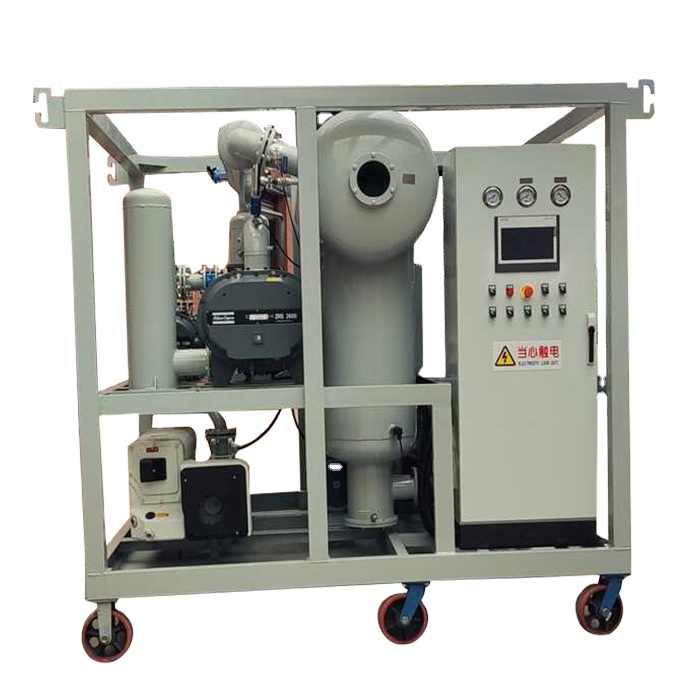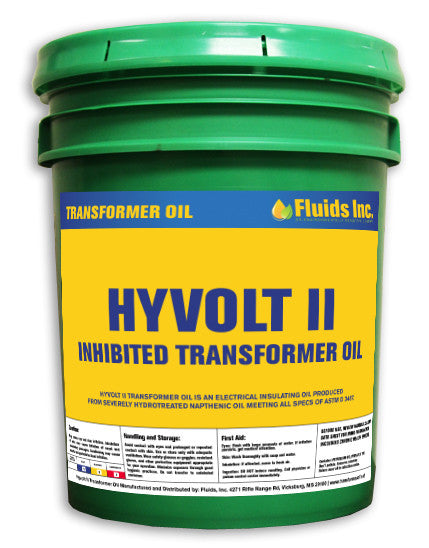Why Dielectric Transformer Oil Issues: Key Attributes and Maintenance Tips
The relevance of dielectric transformer oil expands beyond mere performance, playing a crucial role in both the insulation and cooling of electrical transformers. The maintenance of these oils is just as critical to avoid problems that might endanger transformer efficiency.
Importance of Dielectric Transformer Oil
Dielectric transformer oil plays a crucial function in the effective operation of electrical transformers, as it is constantly used as both a coolant and an insulator. Its insulating homes stop electric discharges and arcing, which are essential to keeping the integrity of transformer components. By effectively separating conductive components, dielectric oil improves the security and dependability of the transformer, consequently expanding its functional life expectancy.
Along with its protecting abilities, dielectric transformer oil serves as a coolant, taking in and dissipating heat generated throughout the electric makeover procedure. This thermal administration is vital to stop overheating, which can result in equipment failing and pricey downtime. The oil distributes within the transformer, effectively transferring warmth far from vital areas, thus making certain optimum performance.
Key Features of Dielectric Oil
The effectiveness of dielectric transformer oil is greatly identified by its vital qualities, which consist of high dielectric stamina, thermal conductivity, and chemical security. High dielectric strength is vital as it allows the oil to stand up to significant voltage levels without damaging down, thereby stopping electric arcing and ensuring risk-free procedure of the transformer. This characteristic is crucial for keeping the reliability of electrical systems.
Thermal conductivity is an additional essential function of dielectric oil. It promotes efficient heat dissipation from transformer elements, decreasing the risk of overheating and extending the life-span of the tools (transformer oil recovery). Reliable thermal monitoring is critical in preserving ideal operating temperature levels, which straight affects efficiency
Chemical security is just as important, as it guarantees that the oil does not deteriorate or respond negatively with products within the transformer gradually. This security aids keep the oil's shielding properties and prevents the formation of hazardous sludge or deposits that can impair functionality.
Additionally, low thickness at running temperature levels enables far better blood circulation within the transformer, cooling both enhancing and insulation. Together, these key characteristics ensure that dielectric transformer oil executes properly, sustaining the general effectiveness and reliability of electrical systems.
Advantages of Utilizing Dielectric Oil

In addition, dielectric oil acts as an efficient coolant, dissipating warmth created during transformer operation. This temperature policy is vital for protecting against getting too hot, which can lead to equipment failure or reduced lifespan. The oil's thermal residential or commercial properties contribute to ideal operational conditions, allowing transformers to see this here work at their finest.
One more considerable advantage is the oil's chemical stability and resistance to oxidation. These residential or commercial properties decrease the formation of sludge and other degradation results, therefore decreasing upkeep requirements and prolonging the intervals between oil changes. In addition, dielectric oil gives superb wetness absorption abilities, which safeguard the transformer from the detrimental results of water access.
Upkeep Best Practices

Additionally, maintaining the transformer's temperature within defined restrictions is essential. Raised temperature levels can increase oil destruction, detrimentally impacting its dielectric residential properties. Applying a temperature level tracking system can help in maintaining optimal problems.
In addition, making certain correct ventilation and cooling of the transformer unit decreases the threat of getting too hot. It is also important to maintain the transformer devoid of particles and contaminants that may endanger its performance.
Carrying out periodic aesthetic evaluations for leakages, rust, or websites signs of endure seals and gaskets is an additional best technique. Any type of problems must be addressed without delay to avoid oil contamination and keep system stability.
Last but not least, establishing an upkeep schedule that consists of oil replacement or therapy can boost the lifespan of dielectric oil, guaranteeing it continues to do effectively. By embracing these upkeep best methods, drivers can optimize transformer efficiency and minimize unexpected downtime.
Usual Issues and Solutions
Transformers using dielectric oil can run into several typical concerns that may affect their efficiency and reliability. One popular problem is the destruction of the oil due to thermal anxiety, which can bring about decreased dielectric stamina and boosted threat of arcing. Regular monitoring of the oil's temperature and carrying out cooling remedies can reduce this issue.
One more problem is moisture access, which can compromise the insulating homes of the oil. This can be resolved via normal testing for water material and utilizing desiccants or vacuum dehydration procedures to get rid of moisture.
Additionally, the formation of sludge due to oxidation can obstruct typical operation. This can be fixed by regular oil filtering and substitute when needed, ensuring ideal fluid tidiness.

Final Thought
To conclude, dielectric transformer oil plays an important function in making certain the efficient procedure and safety and security of electrical transformers. Its essential features, including high dielectric strength and chemical security, add to optimum performance while reducing upkeep needs. Complying with best maintenance methods, such as normal surveillance of moisture and acidity, is necessary for protecting against common issues and improving the operational life expectancy of transformers. The value of dielectric transformer oil can not be overemphasized in the world Check Out Your URL of electric infrastructure reliability.
The relevance of dielectric transformer oil expands past simple performance, playing an essential function in both the insulation and cooling of electrical transformers.Dielectric transformer oil plays an essential role in the efficient operation of electric transformers, as it is continually used as both a coolant and an insulator. In general, the significance of dielectric transformer oil can not be overstated, as it is fundamental to the secure, reliable, and long-lasting operation of electrical transformers.
The performance of dielectric transformer oil is greatly figured out by its essential qualities, which include high dielectric toughness, thermal conductivity, and chemical security.In conclusion, dielectric transformer oil plays a vital duty in making sure the effective operation and safety and security of electrical transformers.
Comments on “Safe Disposal of Waste Transformer Oil to Lessen Environmental Influence”